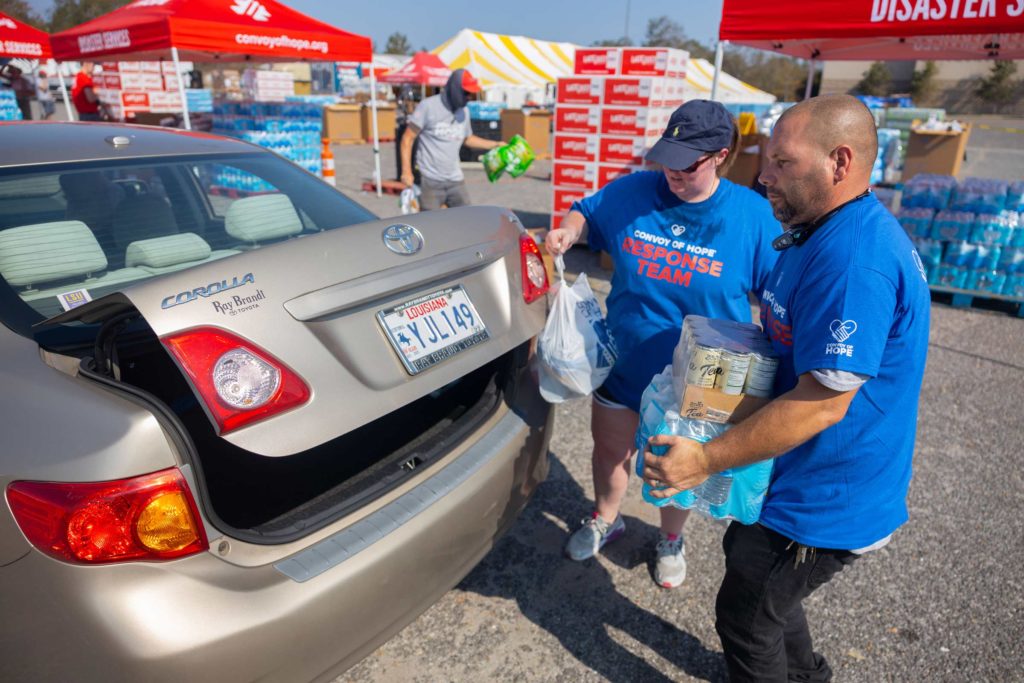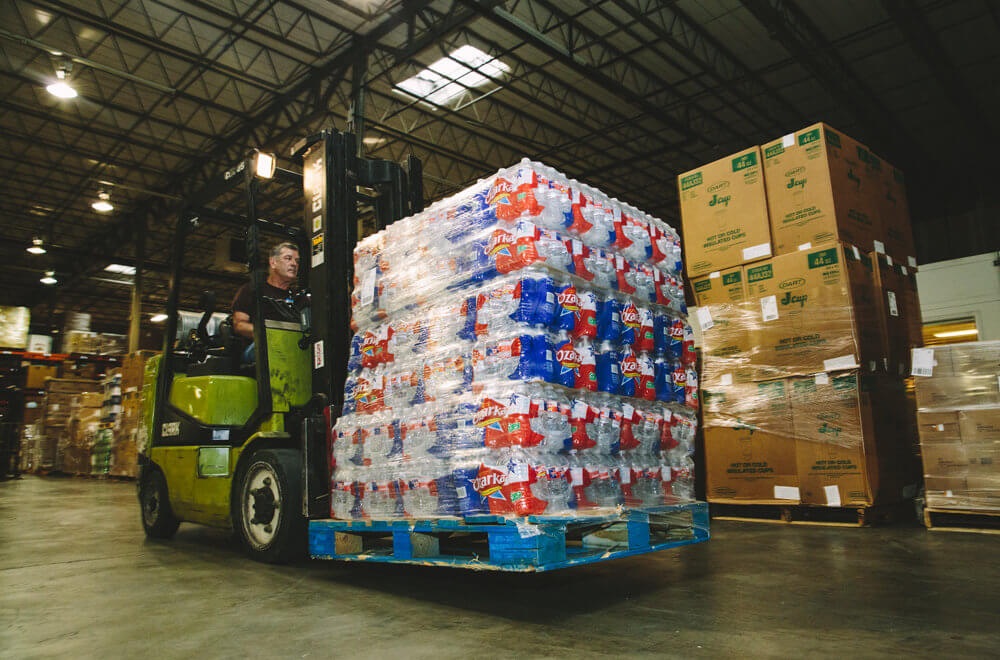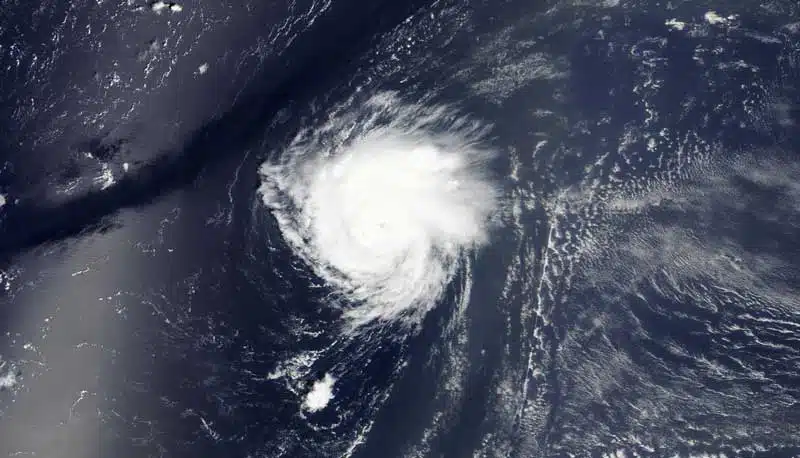In 1963, Hurricane Arlene reached Category 3 status and pummeled Bermuda with more than 6 inches of rain in a matter of hours. It was one of the island nation’s wettest days ever recorded.
The national weather services briefly tracked Tropical Storm Arlene in 2023 — the first tropical storm of the 2023 Atlantic hurricane season. Arlene began as a tropical disturbance in the Gulf of Mexico on May 31. It was named a tropical storm on June 2 but was downgraded to a post-tropical cyclone on June 3.
Whether or not Arlene would have become a hurricane connected directly to its wind speed. All named storms are a form of tropical cyclone — a rotating, organized system of clouds and thunderstorms that originates over tropical or subtropical waters and has a closed low-level circulation.

The first stage, a tropical depression, has sustained wind speeds of less than 39 mph. Tropical depressions are not given names, but are tracked to determine if they are growing into tropical storms or hurricanes. Arlene’s classification as a tropical storm and the release of its name happens when its sustained wind speed reaches 39 mph. Currently, Arlene has sustained winds of up to 40 mph. If that speed reaches 74 mph, Arlene will be a hurricane.
As you’ll see below, even if a tropical storm never achieves hurricane status, it can pose a threat to lives and property — resulting from heavy rain, strong winds, flash flooding and mudslides.
When Was Hurricane Arlene?
With any named hurricane, it’s natural to wonder if another storm with that name is famous for any reason. Perhaps you’ve asked yourself, “When did the Arlene Hurricane hit?” or “What year was Hurricane Arlene?”
With “Arlene,” that can be a loaded question, because the name “Arlene” has been used to identify 11 tropical cyclones in the Atlantic Ocean since 1959. Of those, three shifted from tropical storm to hurricane status.

Where Did Hurricane Arlene Hit?
The most major hurricane to carry the “Arlene” name was Category 3 Hurricane Arlene in 1963. Fortunately, its intensity varied, and during its landfall over the island of Bermuda, Arlene weakened to only a Category 1 storm. It brought significant rainfall totals, resulting in one of the wettest storms ever recorded on the island.
Thankfully, it only caused minimal property damage, and there was no recorded loss of life.
In 1967, the storm eventually named Hurricane Arlene — an Atlantic hurricane — stayed in the central Atlantic Ocean and did not affect land. This is similar to 1987’s Hurricane Arlene, where the storm surge stayed largely in the northern Atlantic.
What Category Was Hurricane Arlene?
The 1963 Arlene Hurricane achieved its Category 3 rating with a peak wind speed of 115 mph after passing over Bermuda. The 1967 and 1987 storms never rose above a Category 1.

What Time Will Hurricane Arlene Make Landfall?
There is no correlation between similarly named hurricanes in history, so asking, “What time did Hurricane Arlene make landfall?” during previous storms is just an exercise in trivia.
But with any current storm predicted to reach your region, you should be aware of the predicted landfall.
With hurricanes, it is important not to make the mistake of waiting until the last minute to reach a safe area. Stay informed by visiting the National Hurricane Center website.
How Many People Died in Hurricane Arlene?
Besides the extent of property damage caused by a tropical storm or hurricane, you might naturally ask, “Did anyone die in Hurricane Arlene?” None of the storms named Arlene that reached hurricane status resulted in any known loss of life.
However:
- – Tropical Storm Arlene in 1959 killed one person.
- – Tropical Storm Arlene in 1993 killed 29 people.
- – Tropical Storm Arlene in 2011 killed 25 people.
What Was the Path of Hurricane Arlene?
A cyclone’s path can cover thousands of miles — from tropical depression, potentially through hurricane status, and then final dissipation.
In 1963, Arlene’s beginnings as a tropical depression placed it in the middle Atlantic with the center of the storm almost between West Africa and the northeast corner of South America.
Moving north and northwest, it eventually crossed Bermuda as a Category 1 hurricane and was one of the wettest storms on record for the island, bringing more than 6 inches of rain. Arlene continued beyond Bermuda to the north and east, its last gusts taking place off of northwest Africa.
Convoy of Hope & Hurricanes
In 1998, Convoy of Hope responded to its first disaster, the flooding in Del Rio, Texas in the United States. This was after Tropical Storm Charley.
Hurricane response continues to be an annual priority for Convoy. Convoy’s Disaster Services team follows weather updates closely after a hurricane is named.
Days ahead of predicted landfall, plans begin to materialize at Convoy’s World Distribution Center. A convoy of trucks heads to the affected area with plans to set up one or more distribution points once the danger has passed and a community’s needs become clear.

On-site volunteers assist Convoy team members at a distribution point, usually a local church. On distribution day, lines of cars form to receive groceries, bottled water, bags of ice, cleaning supplies, and other desperately needed resources following a storm’s impact on a community.
Hurricane Ian smashed across central Florida on September 28, 2022, with sustained winds of 155 mph. By October 6, Convoy of Hope had served more than 17,000 survivors with the help of nearly 500 volunteers.
In some cases, storm damage can be severe enough to merit a long-term recovery response. A year or more after a major storm, Convoy may still be on-site with follow-up distributions. For example, Convoy held a recovery event in LaPlace, Louisiana, in November 2022 for regions hit hard by 2021’s Hurricane Ida.
Convoy teams distributed groceries, home goods, and hot meals. At recovery events like these, insurance specialists and mental health professionals provide legal aid, talk people through insurance difficulties, and offer emotional care.
Convoy of Hope is a disaster relief organization that responds to natural disasters around the world, offering help and hope to people facing some of the most challenging circumstances in their lives. Convoy of Hope is a faith-based nonprofit organization with a driving passion to feed the world through children’s feeding initiatives, community outreach, women’s empowerment, and disaster response.














